Allotoca-Mesa Central, Annual Report 2021
Submitted by michael.koeck on 9. March 2022 - 17:04
Section A: The development of membership since January 2020
At the beginning of 2020, the Allotoca-Mesa Central project had fourteen participants. Extrapolating from previous years, a forecast for the year then started suggested an increase to eighteen or nineteen participants, which was about right at twenty. However, the year 2021 exceeded all expectations in terms of growth in the number of participants. There are currently 29 participants in the project, including one school and five zoos, which means that the project now has more than twice as many participants as it had two years earlier! One participant, who mysteriously (theft) lost all his fish, left the project, another one has no stock at the moment, but remains with the project and wants to get involved again as a breeder in the future. A full eleven nations are represented, with Hungary the strongest with five, followed by the USA, Great Britain and Germany with four participants each.
What caused this extraordinary growth in the number of participants? On the one hand, there was certainly a return to the home, due to various curfews and the restriction of freedom of travel in the wake of the Corona Pandemic Laws, which gave aquaristics in general a major boost. On the other hand, however, the efforts of some breeders to selectively propagate some species and distribute the growing surplus to new participants accordingly. Something that was facilitated by a somewhat looser handling of the regulations. Thus, new participants were often given fish before the required documents had been signed. Nevertheless, not a single case is known where the documents were not delivered after the fish had been received. This practice has proved successful and will probably be continued in the same form. Due to the restrictions mentioned above, the distribution of fish mostly took place without personal contact, only the joint meeting of the Goodeid and the Xiphophorus Working Group in October 2021 gave the opportunity to hand over fish personally.
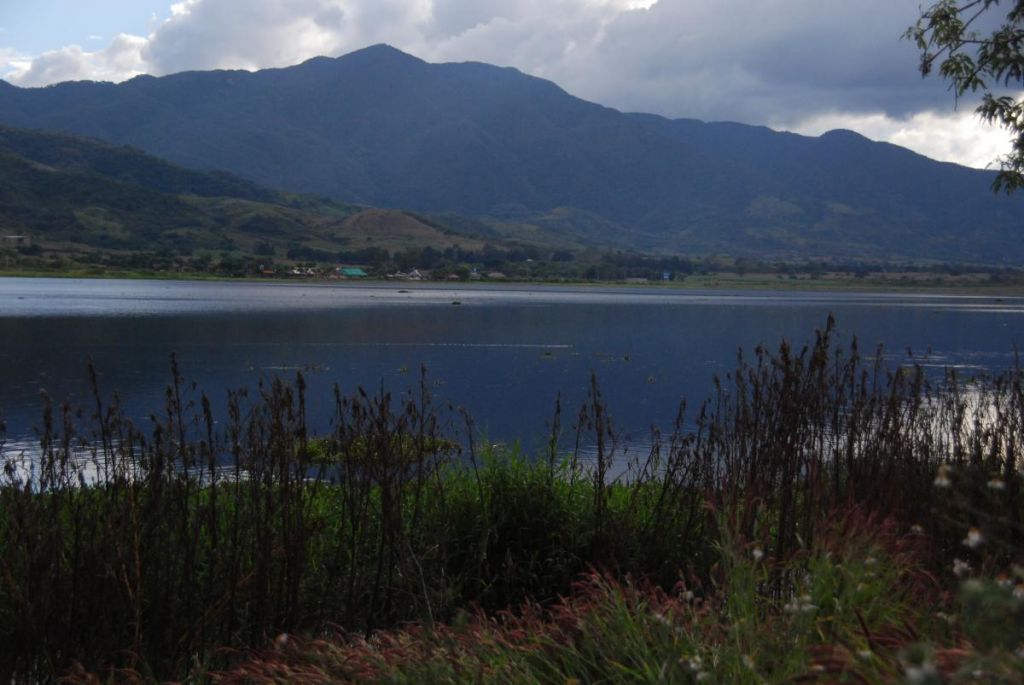
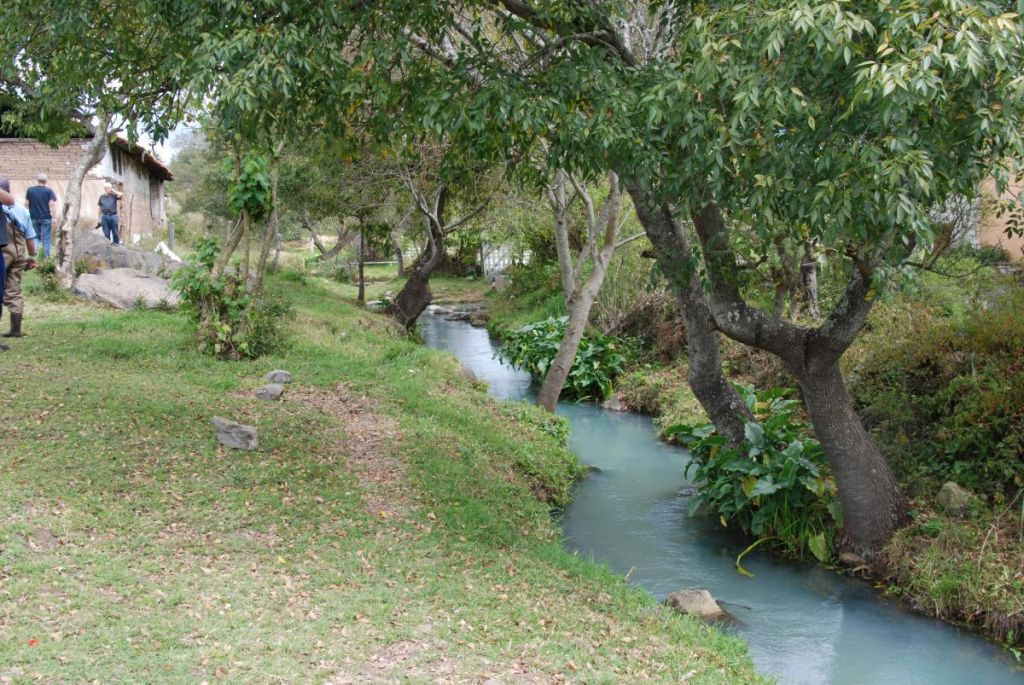
Section B: Characterisation and current situation of fish stocks in aquariums
It should be noted at the outset that the stock figures for 2019, which were published with a cut-off date of 18 January 2020, were partly based on rough estimates because a larger proportion of the participants did not disclose stock figures. In some cases, known stocks were added, in others estimated, adding a degree of uncertainty to the figures. This time, the project management insisted on a stock report, but this also made the survey take much longer, almost six weeks. A timely response from some project participants would save a lot of time. Here are the results:
Allotoca catarinae: The number had been estimated at just under 100 for 2019, but in 2021 it comprises 84 individuals, reflecting a slight decline. The species is found in only six participants, three each in the USA and in Europe. The USA populations are more or less limited to one participant, those of the other two are marginal with two females and three juveniles reported respectively. Among the European breeders, there are two with notable populations, and another breeder reported one female. This species has been somewhat neglected in the course of the focus on more threatened species in the last two years and urgently requires stronger commitment.
Allotoca diazi: The situation is similar for this species. Two years ago the stocks were estimated at about 150 individuals, currently we are talking about 91 individuals with seven breeders, three of them in the UK. The American stocks are concentrated with one participant, almost half of the animals are swimming with two participants in Austria. This species also requires considerably more attention. In contrast to the previous one, however, there are quite a few juveniles here and the species is generally more evenly distributed. The decline in this and the previous species, albeit on a manageable scale, but especially the following one, is certainly partly due to the concentration on other species that are more threatened in the wild, but also partly due to the total number of species and populations within the project, which inevitably means that not all of them can be given the same amount of attention. This will be taken into account in future by dividing the project, but more on this at the end of the annual report.
Allotoca dugesii: While a few years ago this species was almost the only one of the genus Allotoca that could be found in aquaria by hobbyists, this gem is now a rarity. Admittedly, it was only weakly represented in the project at the beginning; the focus was mainly on the other species, which were and are far more endangered in the wild. Nevertheless, in 2019, an estimated 100 were represented in the project. Currently, there are no longer forty, even more so divided between two different linesages. Of the population from the area around Lake Chapala, there are just twelve animals swimming with two European breeders, and of the population from the area of Lake Pátzcuaro, about twice as many with two breeders, but on two continents. Here, even though the species still occurs in nature in some places, something must be done urgently. Not only is it poorly represented within the project, it is also increasingly rare among goodeid lovers outside the project. Efforts definitely need to be made here. All the more reason to divide the project.
Allotoca goslinei: The only species of the genus that is considered extinct in the wild, and at the beginning of 2019 was only represented by two breeders in, and one to two outside of the project. It has been the focus of much of the effort in recent years, and shows how successful private keepers can be when it counts. Allotoca goslinei is one of the success stories of the Allotoca-Mesa Central project and is very much linked to individual initiatives. With Fabien Liberge from France, who brought the species back from the brink of extinction, and Jože Vrbančič from Slovenia, who never became tired of distributing his surpluses across Europe. While an estimated 200 individuals lived in the project at the beginning of 2020, there are now more than 330, of which almost 190 are juveniles, and that with fourteen project participants! The majority (130 individuals) are still found in France, but the successes with other breeders are a sign that the stocks are on a steep upward trend.
Allotoca maculata: This species experienced a bit of a rollercoaster ride: at the beginning of 2020, it practically disappeared from the project, but Milan Murko from Slovakia managed to bring some animals to Bratislava shortly afterwards, at the beginning of the Corona troubles in March. For the next few months, breeding went wonderfully well, and soon there was talk of 100 young animals, but closed borders, a warm summer and a lack of any travel opportunities prevented distribution. The following year, the stocks had dwindled, but at least fish could be distributed. Currently, there are 27 animals living with three breeders on two continents. There is subdued hope that a similar success is now possible with this species as with Allotoca goslinei.
Allotoca meeki: This species is also one of the success stories of the project: 100 individuals from the last annual report in January 2019 are currently compared to 238 individuals from nine breeders. This species was pushed a little after the last report, which was crowned with corresponding success, but at the expense of the sister species Allotoca diazi, whose populations were considered safer at the time. Two years later, the situation is exactly the opposite, although Allotoca meeki is probably far more endangered in the wild. Nevertheless, this scenario also argues in favour of splitting the project.
Allotoca zacapuensis: The endemic species from Lake Zacapú is currently the most strongly represented in the project, and its juvenile numbers indicate that nothing will change soon: At the beginning of 2020, the species already comprised almost 300 individuals, and now there are almost 420. Eighteen participants are taking care of this species, with most individuals swimming with Rafael Kölzer in Portugal and at Tropiquaria Zoo in the UK. Part of the success story is again Jože Vrbančič, who has significantly redistributed his offspring, bringing more participants into the project.
Neoophorus regalis: This species is the only one not represented in the project. Due to Corona, trips to Mexico were not risk-free, which meant that offspring from two populations intended for the project and awaiting collection at the University of Morelia have not yet found their way to Europe or the USA. Hopefully, this will change this year.
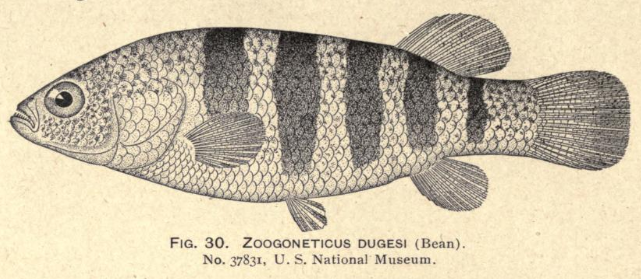
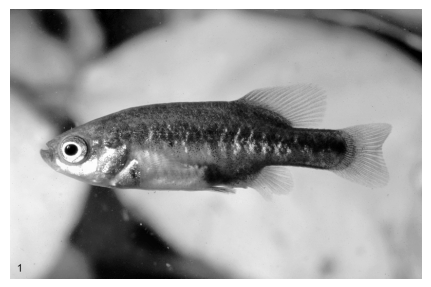
C. The future of the project
It has been shown that the participants of the project are able to avert a situation that is quite threatening for one species and to secure the stocks. However, it has also been shown that under certain circumstances - the number of aquariums is limited - this happens at the expense of another species, which loses attention as a result. It has also become apparent that with almost 30 participants by now, it is becoming more difficult organisationally, although sufficient breeders have still not been found for all species. How can this be countered? Is it feasible to coordinate a project with eight species and some other populations that have to be grown as separate units, and then maybe one day 60, 70 or even 80 participants? Probably not, but separating species from the project to streamline it is not really an option with one species extinct in the wild, one endangered and six highly endangered. The solution that presents itself here is to divide the project, or rather to create two sub-projects that will function as two separately managed units under the Allotoca-Mesa Central project designation. Of course there will be overlap in participants, but there will also be participants who will only be involved in one of the two sub-projects. The big advantage, however, will be that the sub-projects can now be better accommodated with four species in each. Project management will be much easier and it will hardly happen that one or the other species loses attention. One sub-project will include the so-called Allotoca diazi group (catarinae, diazi and meeki) and its closest relative Allotoca zacapuensis. As all these species are characterised by vertical banding, this sub-project will be called the Banded Allotoca Project (BAP). The second sub-project includes the basal species Allotoca maculata, the two species of the Allotoca dugesii group (dugesii and goslinei) and Neoophorus regalis. All these species have a more or less pronounced lateral stripe, from which the name Lined Allotoca and Neoophorus Project (LANP) is derived. In future, both projects will have their own project management consisting of a project manager and a project manager's deputy and will operate largely autonomously under the single name Allotoca - Mesa Central. This will be the case from 01 May 2022.
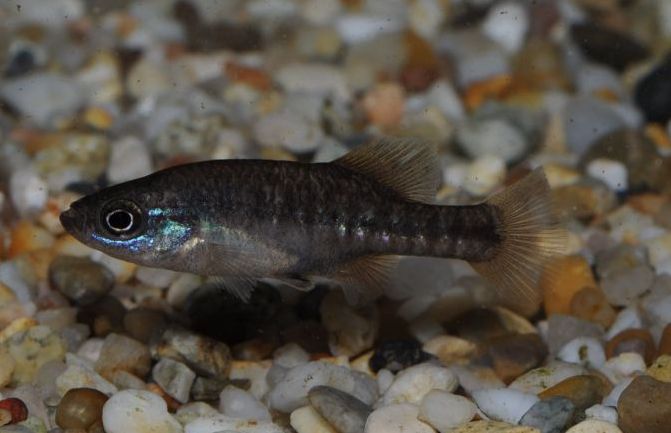
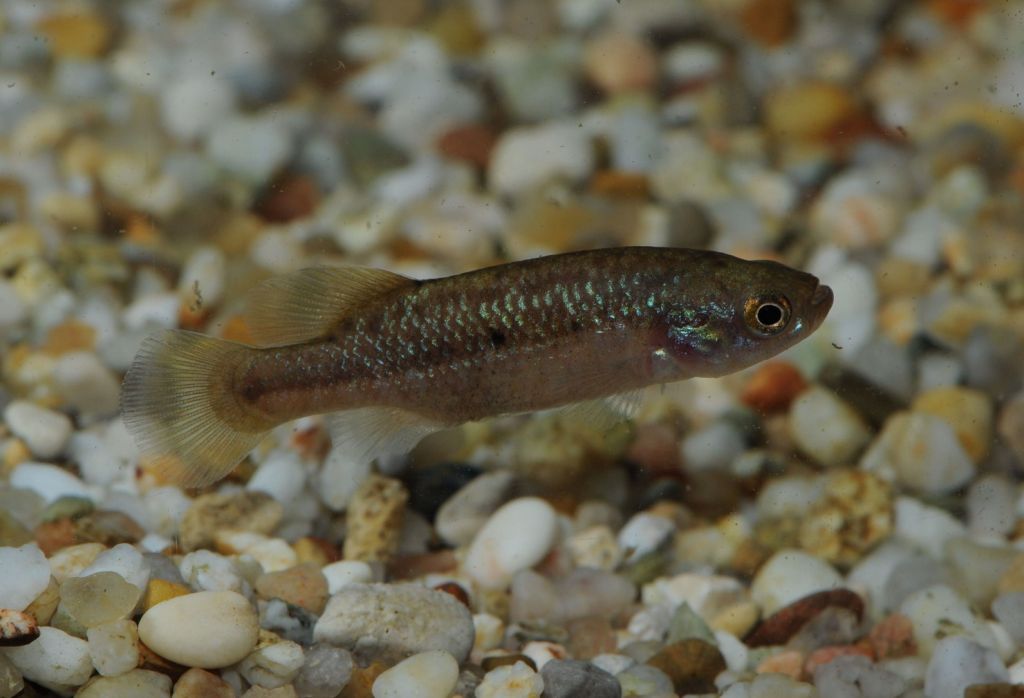
D. Plans regarding the species
Some species are very well represented within the project - these are Allotoca goslinei, meeki and zacapuensis. This is partly reaching a stage where we can try to stabilise the populations within the project without expanding them. How this is to be done will be part of the future project description. Two other species - Allotoca catarinae and diazi - are to be enlarged through increased breeding activities and expansion to other participants with existing populations. It should be noted here that four of the five species mentioned so far form the BAP sub-project, which will hereby be the sub-project with the stronger management work. Two other species, Allotoca dugesii and maculata, are only established in small numbers in the project. For Allotoca maculata, apart from increased breeding activity, the only option is to import animals from Mexico, as there are hardly any breeders established outside the project. In the case of Allotoca dugesii, attempts have so far been made - unfortunately unsuccessfully - to integrate further breeders. However, there are breeders in the Czech Republic who offer this species to the trade. Animals are to be purchased from there and thus bred more intensively in order to support the project stocks accordingly. In the case of Neoophorus regalis, the only option is to bring animals from Mexico directly into the project in the future. The LANP sub-project is characterised on the one hand by one species that is very well distributed and three other species that are underrepresented or not represented at all. Here, there will be a need for increased recruitment of participants, organisation of animals and population development, whereas in the case of one species, population stabilisation will be necessary. Why stabilisation and not stock expansion? It is easy to increase well-breeding species, but this also blocks aquariums for other species. Also, for reintroduction projects in the future (if they are necessary or possible), only a relatively small number of animals from different stocks are needed, perhaps 50 or 70, which should then be appropriately propagated on site under conditions as close to nature as possible to create a basis for reintroduction. An ex situ total population as a backup population of thousands of animals is therefore not very useful; rather, between 300 and 500 individuals from ten to twenty breeders are probably sufficient to keep a population stable in the long term and still allow sufficient genetic exchange. Setting this target number of individuals and a minimum number of breeders will also be part of the project description.
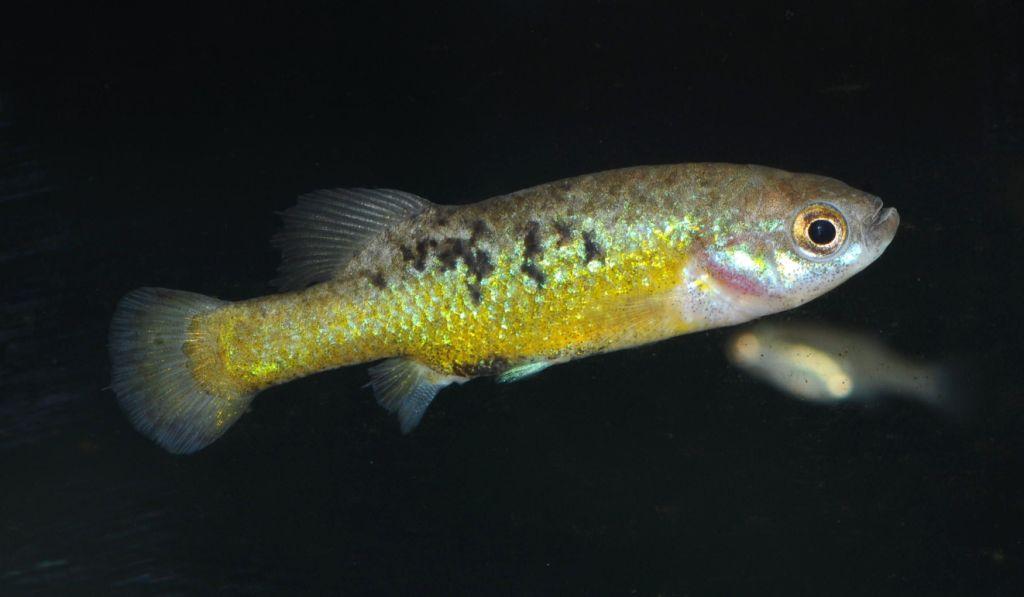
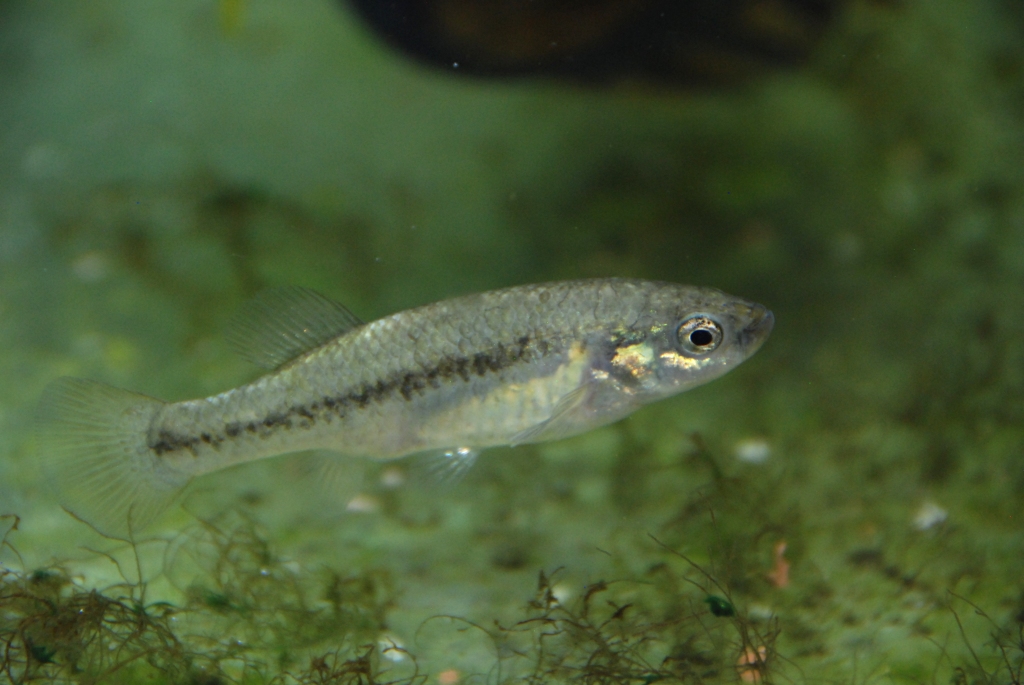
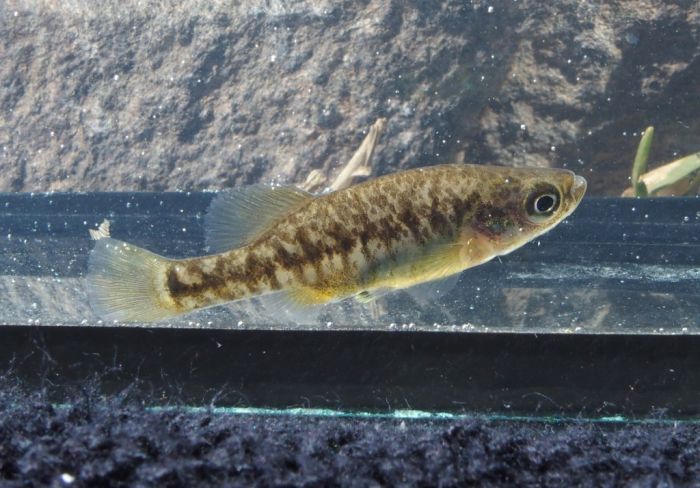
Category:
